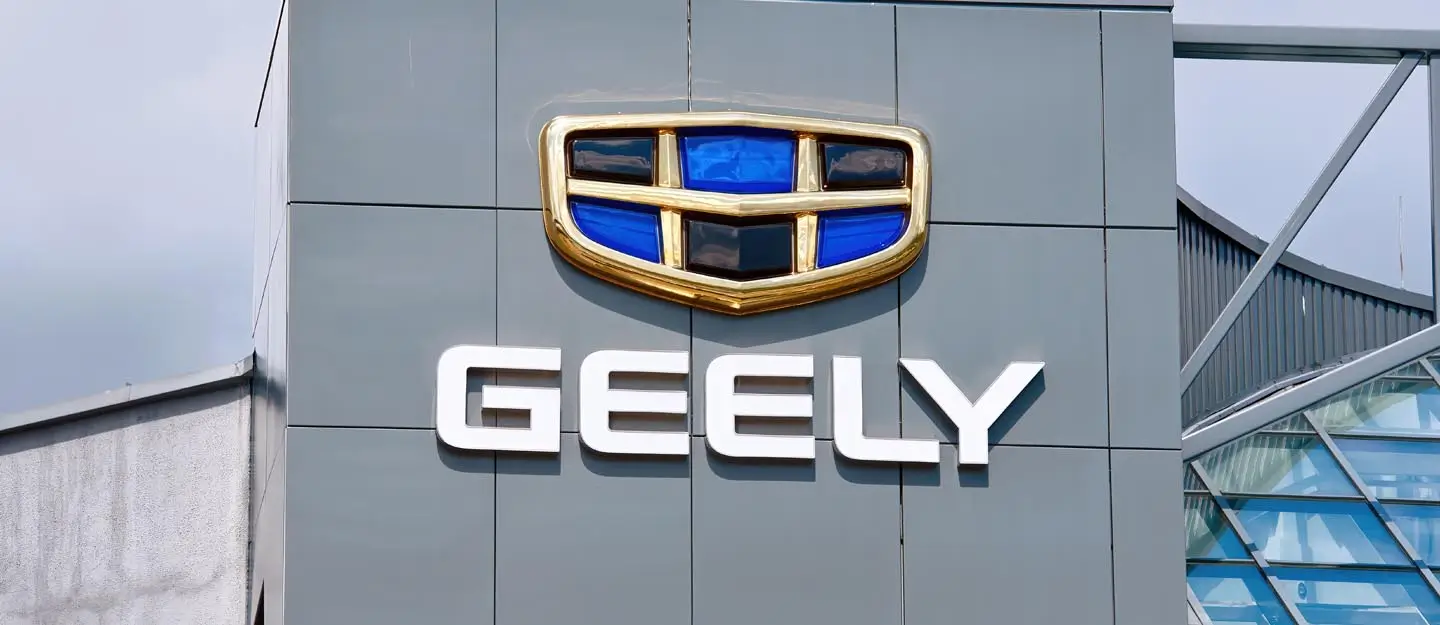In the constantly evolving world of commercial trucking, the introduction of the all-new Volvo VNL Class 8 tractor marks a significant leap forward. With advancements inspired by the automotive world, this truck is designed not just for the road, but for the future. Let’s dive into how Volvo has reshaped the landscape of long-haul trucking, making it both more efficient and comfortable for drivers.

How Volvo VNL Class 8 Leads in Fuel Efficiency (PDF)
A Leap Forward with SuperTruck Insights
The collaboration between the U.S. Department of Energy and leading Class 8 truck manufacturers has birthed the SuperTruck initiative, aiming to push the boundaries of truck efficiency and aerodynamics. Volvo, among others, has taken these lessons to heart, launching the new Volvo VNL as a testament to innovation and forward-thinking. With an impressive up to 10% increase in fuel efficiency, the VNL sets a new standard that not only benefits the environment but also the bottom line of fleet managers and owner-operators.
Understanding the Impact of Fuel Efficiency
Consider the economic impact of this fuel efficiency improvement:
- Before: A truck averaging 7 miles per gallon (mpg) needs 14,286 gallons for 100,000 miles, costing $57,144 at $4 per gallon.
- After: With a 10% improvement to 7.7 mpg, the same distance requires only 12,987 gallons, costing $51,948.
This significant saving illustrates the tangible benefits of the VNL’s advancements, highlighting Volvo’s commitment to reducing operational costs and supporting sustainability.
Innovative Design and Technology
The VNL introduces several car-like features and design improvements that contribute to its enhanced performance:
- Aerodynamic Design: A wedge-shaped cab and tighter exterior component gaps reduce drag, improving fuel efficiency.
- Advanced Powertrain: The D13 engine offers a range of 405 to 500 horsepower and 1,748 to 1,947 pound-feet of torque, ensuring both power and durability.
- Flexibility for Future Technologies: Prepared for battery-electric, fuel cell, and other renewable fuel technologies, the VNL is a platform built for the future.
- Safety and Comfort Innovations: From pedestrian and cyclist detection to the Volvo Parking Cooler, the VNL enhances both safety and driver comfort.
A Glimpse into the Future of Trucking
The VNL isn’t just about today’s roads but also about paving the way for the commercialization of fully autonomous trucks. Its design and technological foundation promise a future where efficiency, safety, and driver comfort are paramount.
Features That Set the VNL Apart
- Active Driver Assist Plus with Pilot Assist: Keeps the truck stable in various challenging conditions.
- MyTruck App: Offers remote climate control, maintenance updates, and allows drivers to compare stats, fostering a community among Volvo drivers.
- Enhanced Driver Comfort: Features like a standard Murphy Bed setup, improved cab insulation, and ample power options underscore Volvo’s attention to driver well-being.
Conclusion
The all-new Volvo VNL Class 8 tractor is not just a truck; it’s a beacon of what the future holds for the trucking industry. With its blend of efficiency, safety, and driver-focused features, it stands as a compelling choice for fleet managers and owner-operators alike. Volvo’s commitment to innovation shines through in every aspect of the VNL, from its fuel efficiency to its readiness for future technologies. As we look to the horizon, the VNL promises a journey that’s not only more economical but also more comfortable and safer for everyone on the road.




